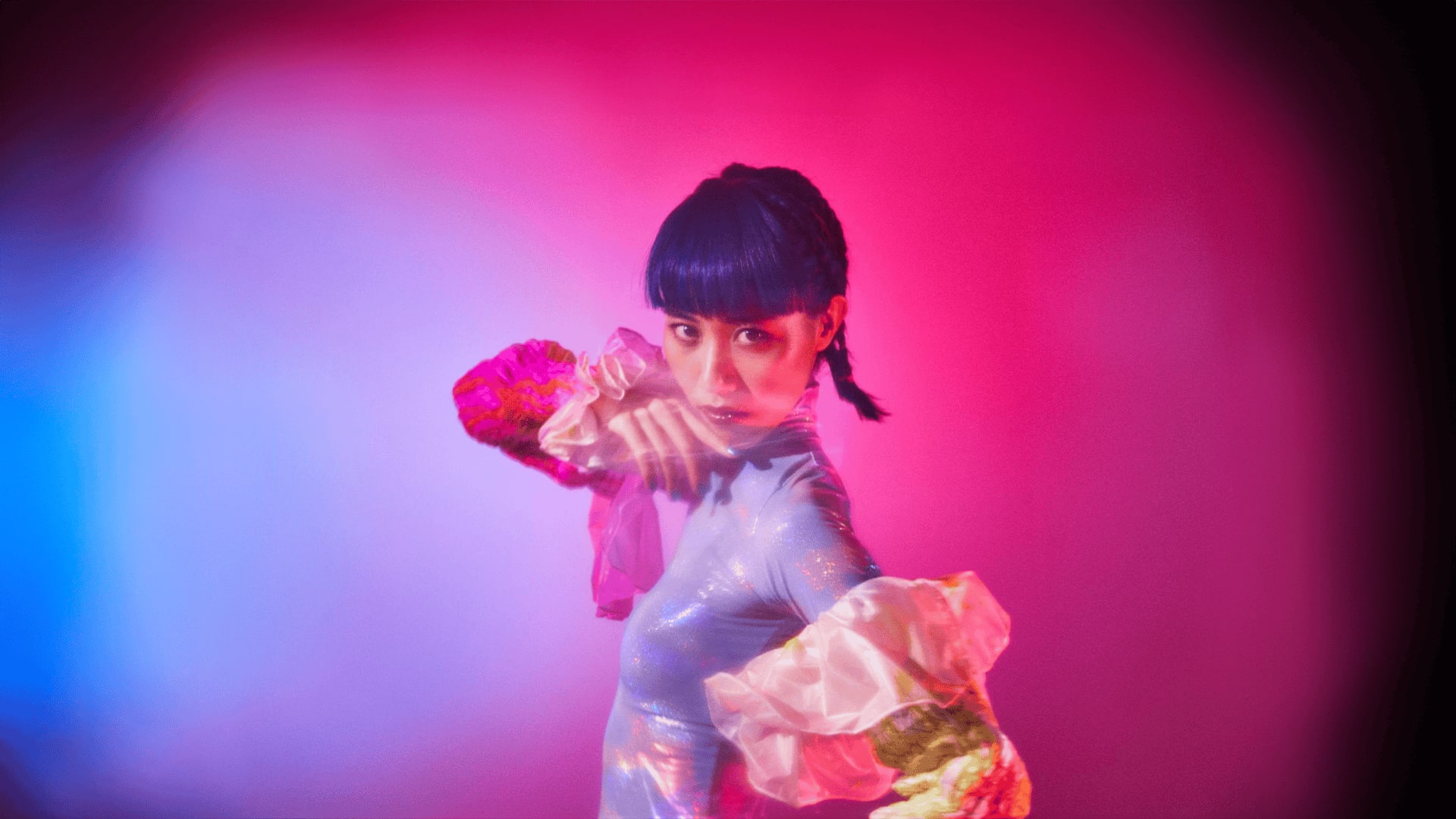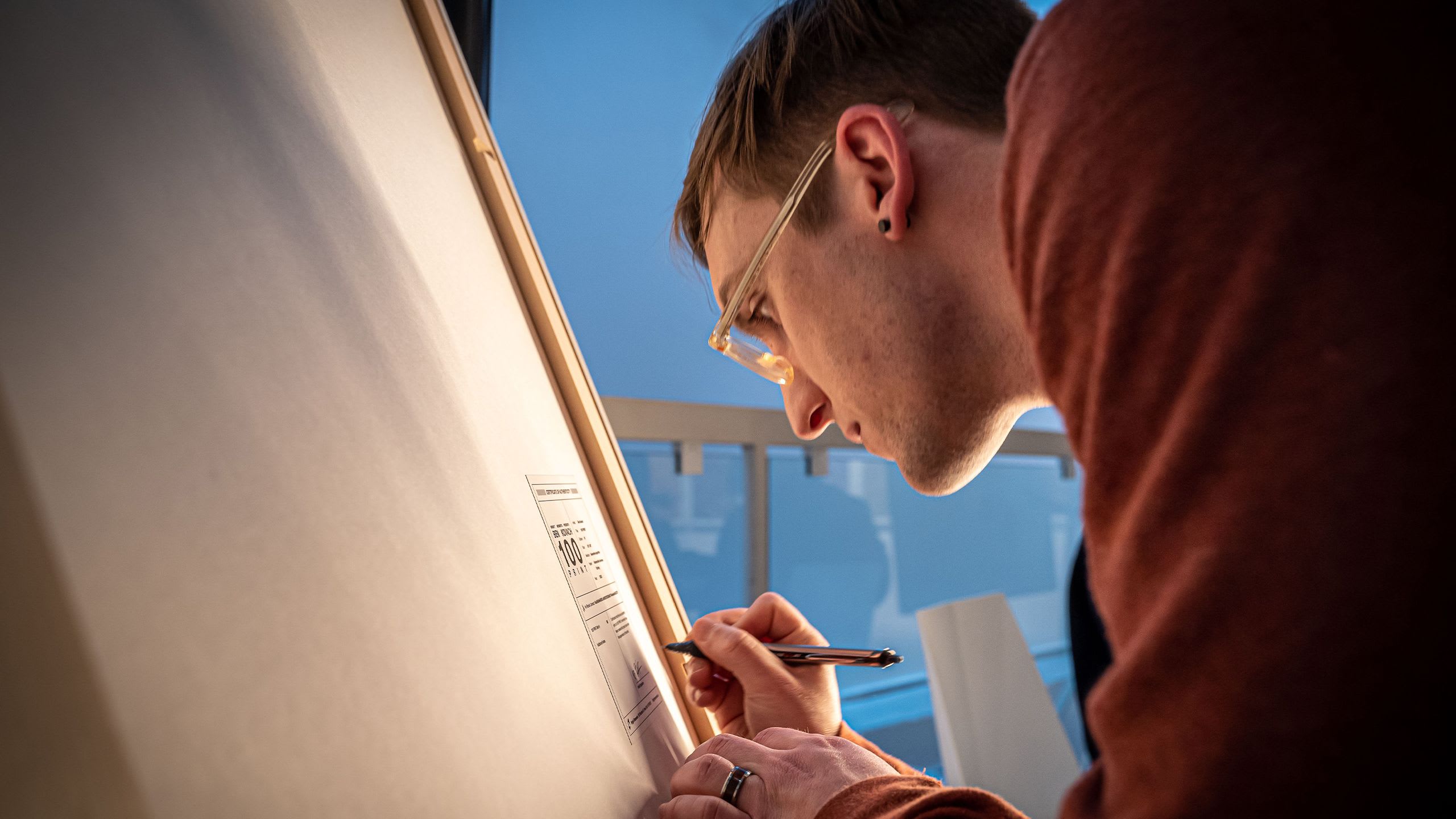INTERVIEW
In Conversation with Beervangeer on HyperHash
In Conversation with Beervangeer on HyperHash
by Jeff Davis
•
20 Jan 2021
Beervangeer is an interactive media artist, working in the field of biofeedback art. He moves between experimental art projects and the world of applied art integration in healthcare. We had a conversation about his background and his creative practice in advance of his upcoming project on Art Blocks HyperHash.
Jeff Davis: Hi Beer, it’s great to learn more about you. How did you first get into making art?
Beervangeer: From a young age I was experimenting with interactive media. In high school, I created interactive applications, turning my paper assignments into clickable experiences. After high school, I studied digital media design and got my M.A. at the School of Art in Utrecht in the Netherlands.
JD: When did you start pursuing generative art?
BVG: After I received my degree, I started working as an interactive media designer to develop installations in museums. In my free time, I started experimenting with neurofeedback devices. This experimentation led me into the healthcare industry, where I found my niche in combining generative art with healthcare applications. My very first generative project in 2009 was called Dagaz. This was an application that created interactive mandala figures, based on the brain activity of the user. It has some similarities with HyperHash as well. After Dagaz, I did other projects that focused on the analysis of breathing and heart rate. The outcomes went from physical installations like the BioDome project to VR experiences I developed at Sony PlayStation’s studio.
JD: How did you discover NFTs/crypto art?
BVG: I've been a fan of Ethereum since the very beginning. I got my first Ether during the initial token sale in 2014. During the first years, I was really active in participating in the Ethereum world, but since the ICO hype in 2017, I took a little break. I knew about NFTs since the release of the CryptoKitties, but I was never really into collectibles. Now that generative art is becoming part of the NFT ecosystem, I’m very happy to dive back into Ethereum. I’m also very keen on the developments around DeFi and see an interesting future ahead of combining these two fields.

JD: How has your creative practice changed over time?
BVG: My creative practice is continuously evolving. I adapt to new technologies and keep investigating new possibilities. Right now, I’m focusing more on the integration of digital solutions into physical space. In the future, I would also love to see a bridge between the digital world of Ethereum and physical installations. Last year I started an interactive gallery in The Hague in the Netherlands called Breathing Space. It’s like a cinema for interactive generative art that responds to your physiology. A bit like Art Blocks, but instead of a random hash string, it’s physiological data that is used as input for generative artworks in physical space.

JD: Any recent accomplishments you’d like to share?
BVG: At the end of 2020, I finished some very nice projects. One project is called Visible Voice, an installation in healthcare environments for kids. The installation is built for kids to release anger and frustration by voice interaction, for example screaming. By making sounds, the kids can create generative drawings. Another recent project is called Orbee. This is an interactive pillow for mentally and physically disabled kids. It has sensor technology embedded that detects motion and breathing. This data is then used to create interactive generative landscapes that the kids can interact with.

BVG: Symbolism and sacred geometry were the starting point for this work. I imagined a new type of multidimensional language that made it possible to transfer energy (ether) between people. In a sense, that’s what Ethereum already is. I imagined that transfers of energy could be from different types that represent different feelings. Not like the feelings we are used to like sad, happy, or melancholic, but new types of feelings we haven’t experienced before. Like “hyper sensations” as described by the author Olaf Stapledon in his 1937 book StarMaker. What if these transfers of energy and emotions could be visualized? That’s the foundation of this work.
JD: What should collectors look for in your Art Blocks project as the series is revealed?
BVG: I made a website for the underlying patterning of the work. I invite people to stare at the works in the center of the screen for a few minutes with live full screen animation. Just look at it and try to breathe with the motion of the work.
JD: What’s the best way for people to follow your work?
BVG: I just updated my website and got active on Twitter again and Instagram. I haven’t really been active online the last few years, but I’m planning to keep it up more now.
JD: Congratulations on your project and best of luck with your release.
First published 20 January 2021: https://beta.cent.co/artblocks/+ftcub6



